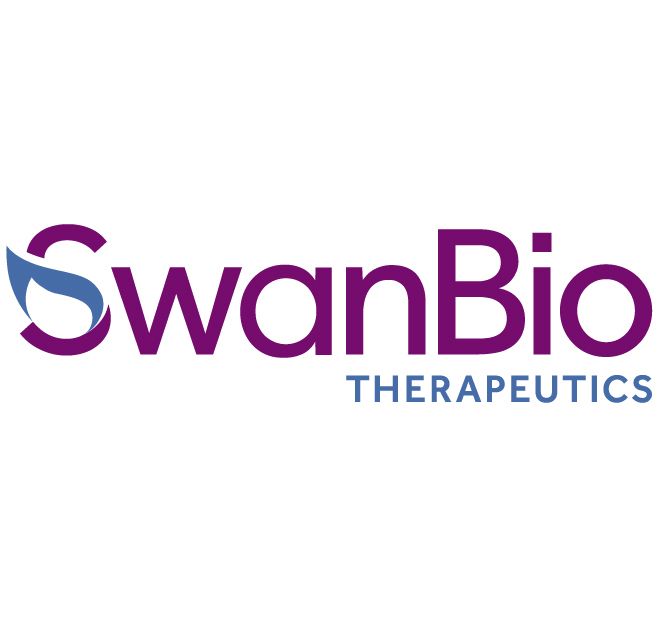Article
First Potential Gene Therapy for AMN Supported by New Preclinical Data
Author(s):
At the AAN 2022 Annual Meeting, SwanBio presents new data regarding lead candidate SBT101 for treating adrenomyeloneuropathy, a rare debilitating disease with no approved therapies.

Today, SwanBio Therapeutics announced updated preclinical data that supports the first potential AAV-based gene therapy, SBT101, for treating patients with adrenomyeloneuropathy (AMN). SBT101 is the first AAV-based gene therapy candidate for AMN that’s been approved for human studies.
Adrenomyeloneuropathy is a rare, inherited, neurological condition that’s caused by a mutation in the ABCD1 gene. Because of the mutation in this gene, cells within the spinal cord and other tissues can’t function properly, leading to nerve degeneration and likely dysfunction of the adrenal glands, as well.
American Academy of Neurology 2022 Annual Meeting
The company presented new preclinical data on their lead candidate SBT101 at the American Academy of Neurology (AAN) 2022 Annual Meeting in Seattle. These data build on previous research that showed on-target effects analyzed across multiple measurements and a favorable safety profile with no observed treatment-related adverse events.
“The data we’re sharing at AAN this year demonstrates the potential of SBT101 to safely and effectively establish ABCD1 gene expression in the spinal cord, directly addressing the underlying cause of AMN,” Karen Kozarsky, PhD, Chief Scientific Officer, SwanBio said in a statement. “These data represent the tremendous progress we’ve made to date on our pipeline and scientific platform; the results reinforce the foundation of our pipeline, including our unique expertise in biodistribution to the spinal cord, which we plan to leverage to pursue other spinal cord-related indications in the future.”
SwanBio expects to initiate their randomized, controlled phase 1/2 clinical trial for SBT101 in the second half of 2022. The treatment has already received clearance for its Investigational New Drug application by the US Food and Drug Administration (FDA) earlier this year and was granted Fast Track and Orphan Drug Designation.
Summary of SBT101 Latest Findings
- In NHPs, data now out to six months demonstrated that intrathecal (IT) administration of SBT101 resulted in:
- Widespread, detectable tissue-specific distribution of vector genomes and expression of ABCD1 mRNA
- Histopathological findings consistent with those typically observed for AAV9, including mild to moderate changes in axonal degeneration and neuronal necrosis
- The presence of AAV neutralizing antibodies in serum but no persistent levels in cerebrospinal fluid
- Good tolerability with no adverse events or clinical observations related to SBT101, consistent with previous findings
- In NHPs, biodistribution of IT-administered AAV9 to investigate infusion parameters and effect on biodistribution throughout the spinal cord and dorsal root ganglia (DRG), demonstrated:
- Administration of AAV9 over a 24-hour period provided more widespread transduction of the spinal cord and DRG as compared to bolus administration
- Biodistribution following six-hour administration was equivalent to that at 24 hours, which is a more optimal duration of administration in the clinical setting
- In mouse models of AMN, administration of SBT101 resulted in sustained hABCD1 transgene expression through six months duration, with minor to undetectable white matter pathological findings in the spinal cord, along with demonstrated biologic activity, building upon data presented at the last European Society of Gene and Cell Therapy (ESGCT) Annual Meeting in October 2021.
SBT101 is designed to compensate for the ABCD1 mutation found in people living with adrenomyeloneuropathy. There are no approved therapies for this progressive disease that’s characterized by loss of mobility in adulthood, incontinence, pain, and sexual dysfunction. Standard care is limited to controlling symptoms, which still have a drastic impact on quality of life.
SwanBio is advancing a pipeline of gene therapies to be delivered intrathecally to address targets within the central and peripheral nervous systems. Their goal is to use this approach broadly across 3 disease classifications: spastic paraplegias, monogenic neuropathies, and polygenic neuropathies.
To learn more about SBT101, adrenomyeloneuropathy, and SwanBio's latest research check out the HCPLive interview with Karen Kozarsky, PhD, CSO and co-founder of SwanBio.
For more information about the AAN 2022 presentation details, see press release.




